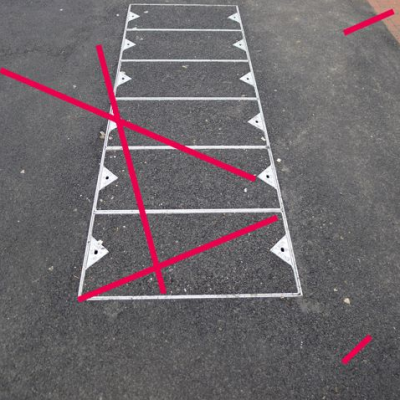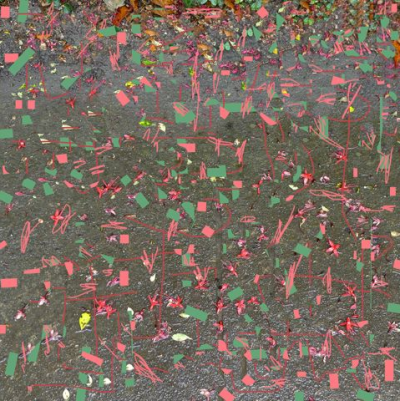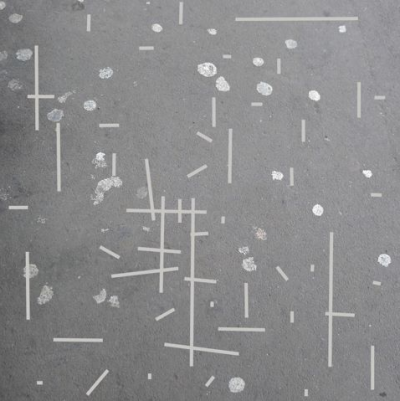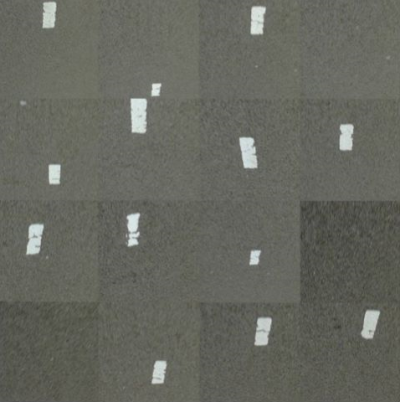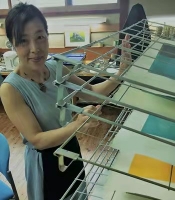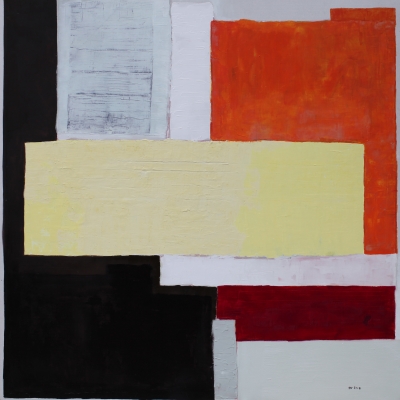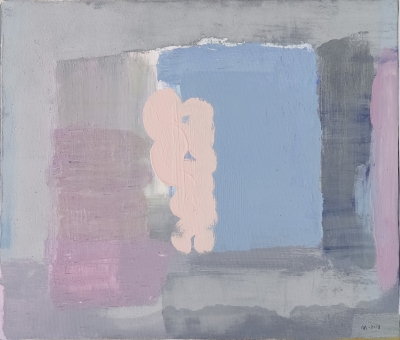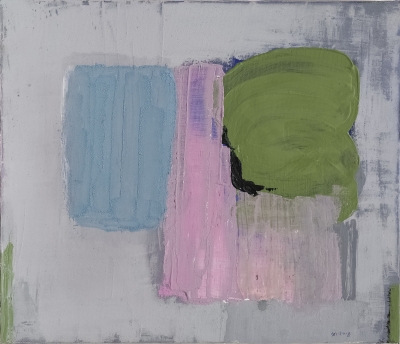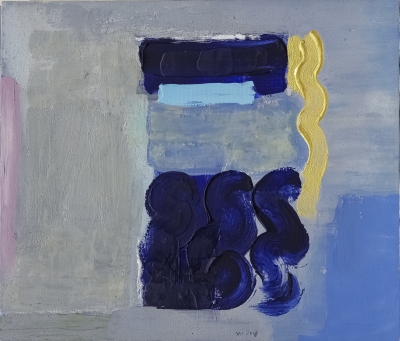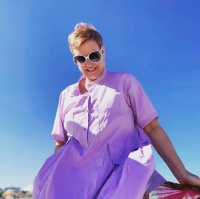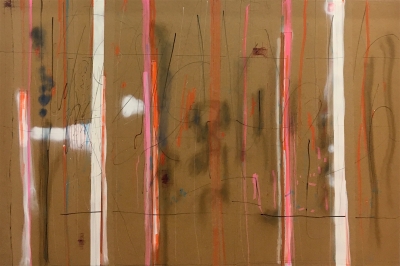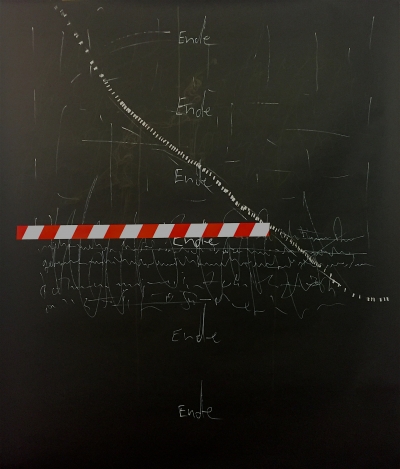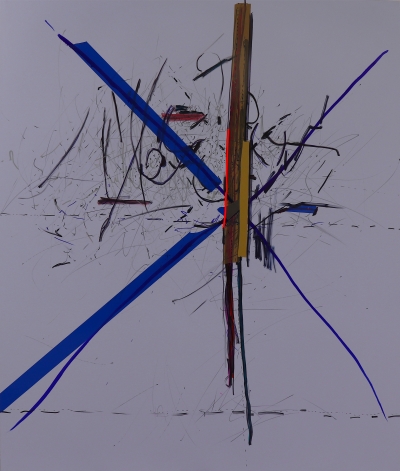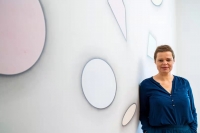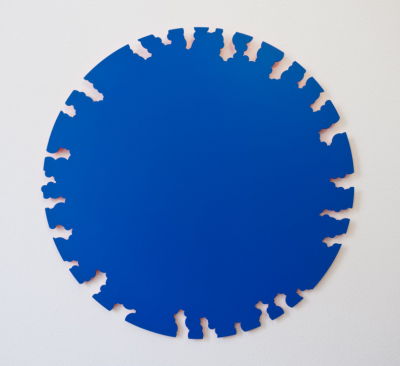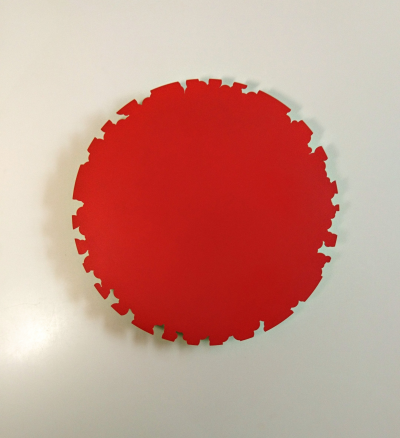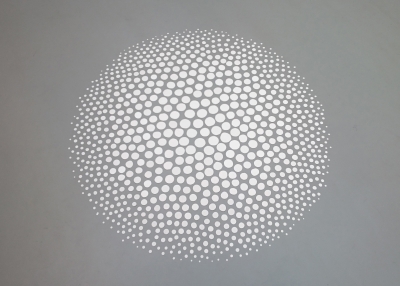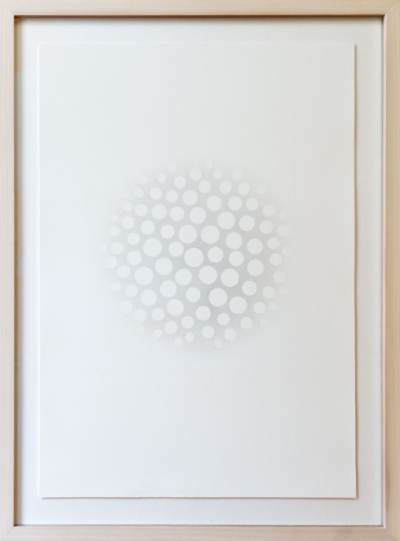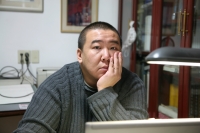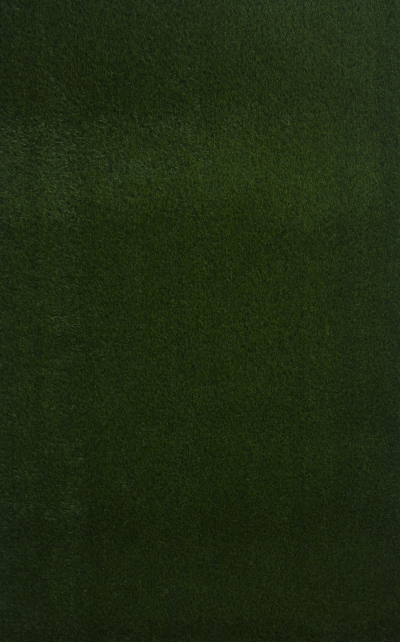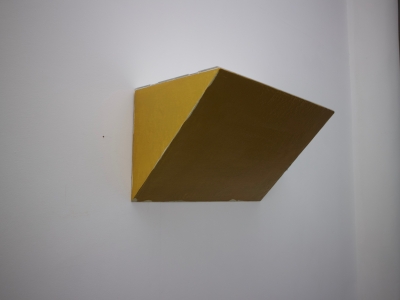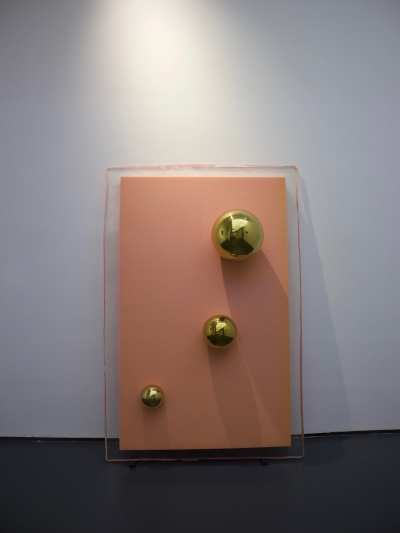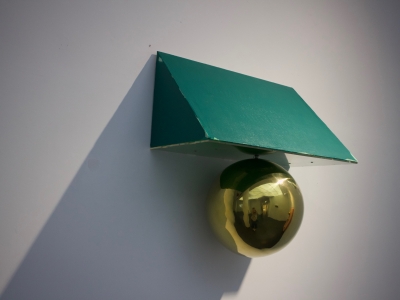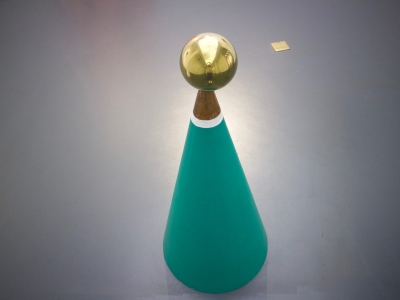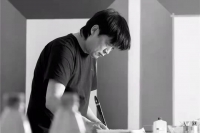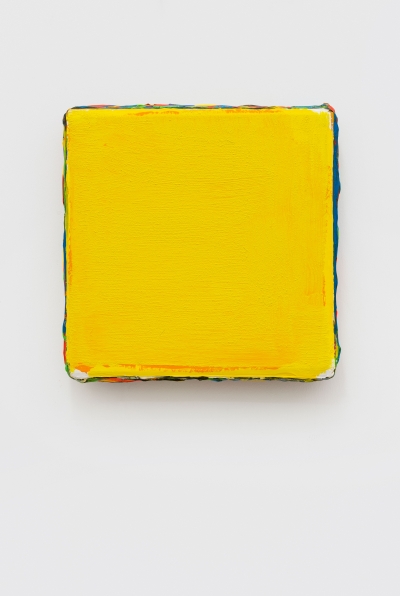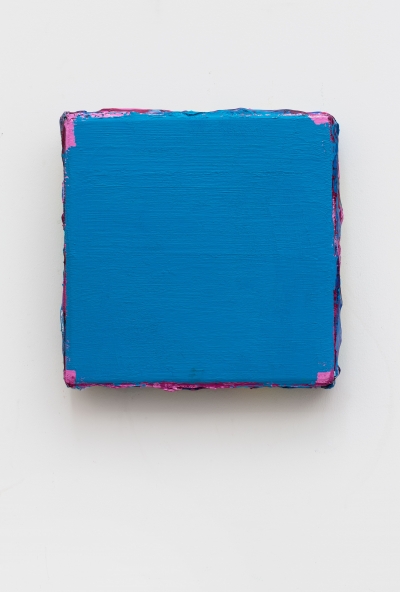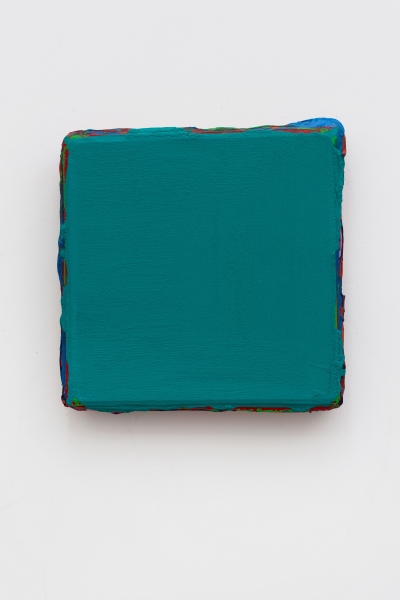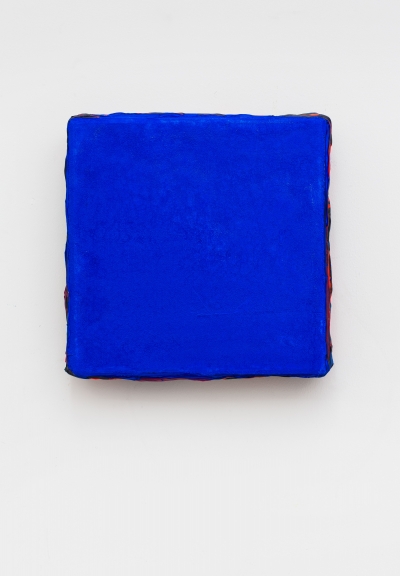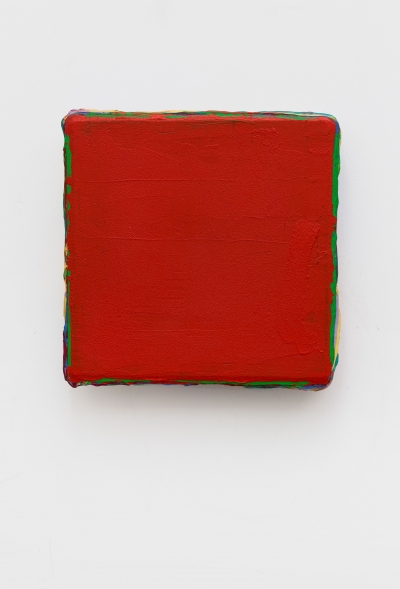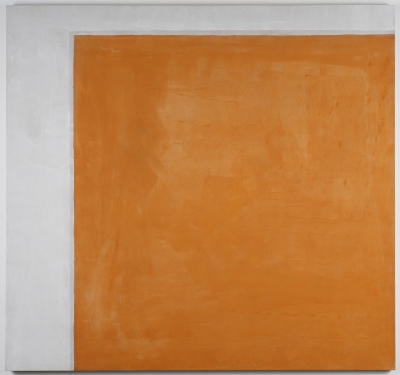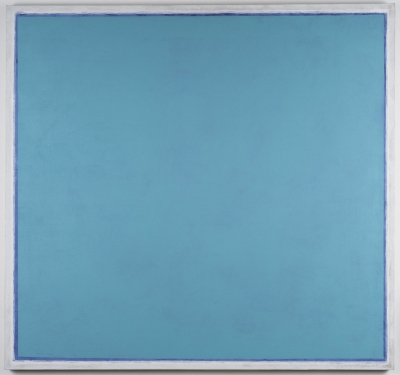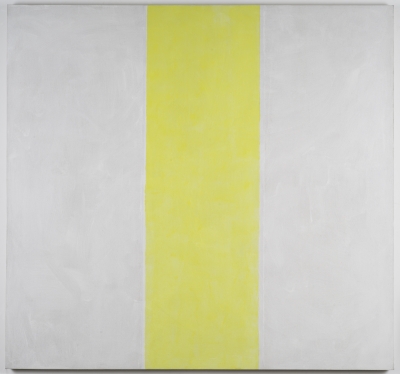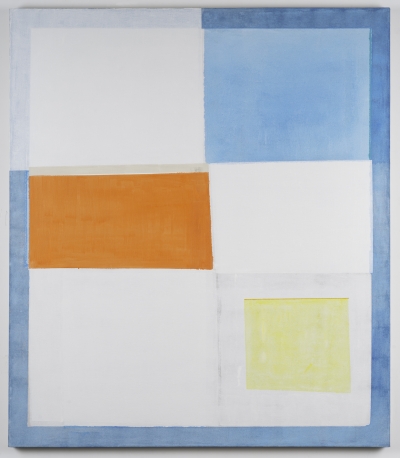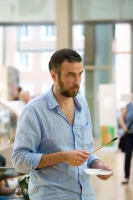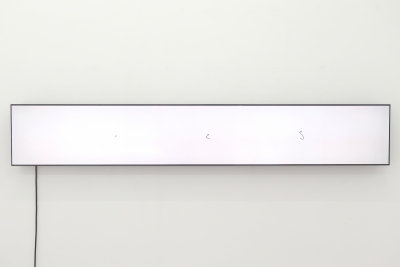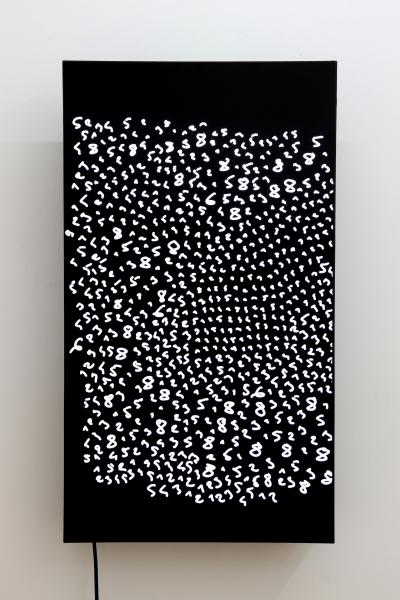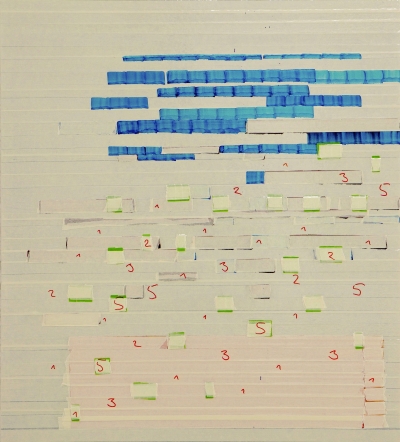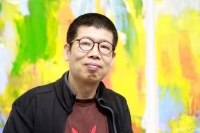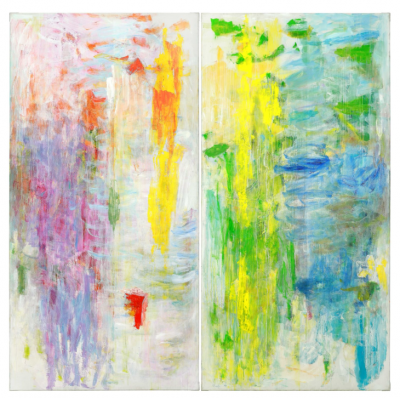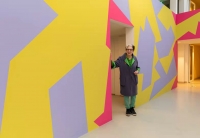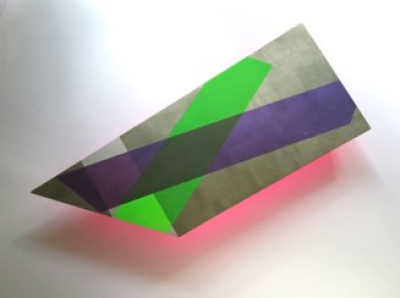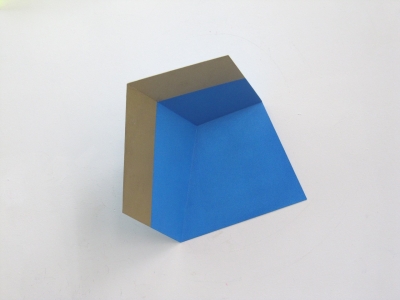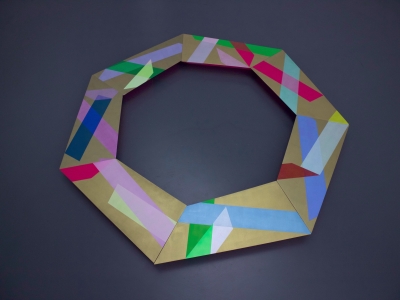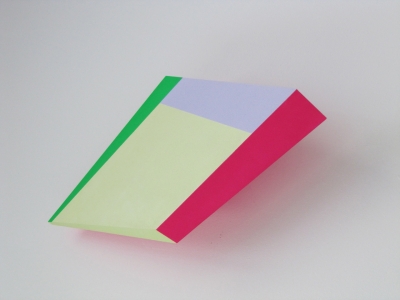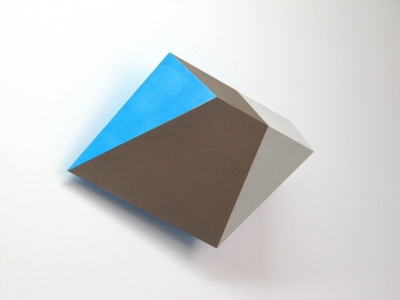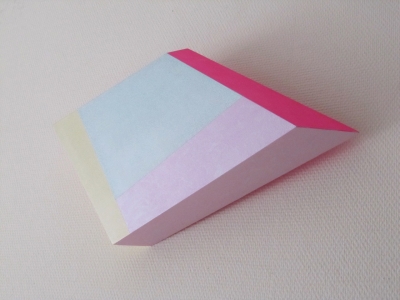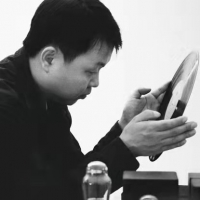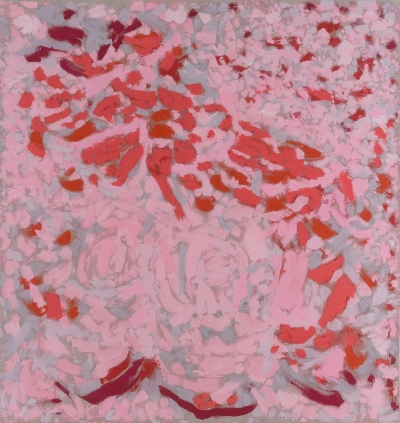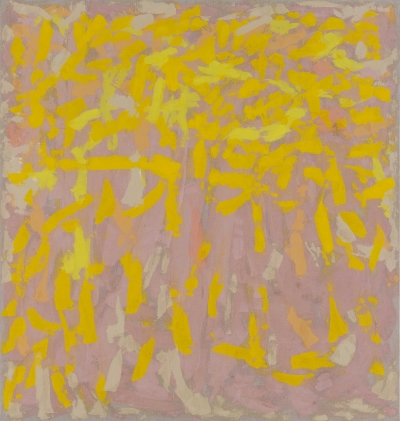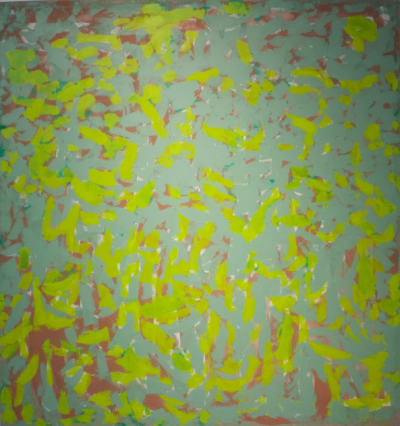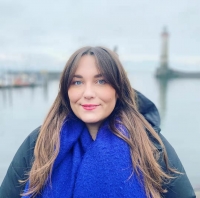Introduction
artist
Michael Wright was born in hertfordshire (UK) in 1955 and now lives and works in London.
Studied: 1972-1973 St. Albans Foundation;1973-1976 Liverpool school of Art, BA Hons Fine Art;1976-1979 Royal Academy Schools London, Higher Diploma and silver medal sculpture;1999-2001 M.Res University of Hertfordshire;2012 HEA Fellow.
1、Resume
Artist, curator, member of the Japanese artists association.
1965 Born in Hunan,live in Tokyo Japan.
1988 Graduted from the Guangzhou Academy of Fine Arts.
1999 Received master’s degree from the graduate program for oil painting of Kyoto City University of Arts.
2001 Accepted as adjunct professor of Oil Painting Department of Tianjin Academy of Fine Arts.
2003 Accepted as Adjunct Professor at School of Arts at Renmin University of China.
2、About my art work
"Know the De Stijl was in 1984 when I study in Guangzhou Academic Of Fine Arts of painting, at which time we have color composition class, the teacher gave us introduced the Mondrian's works, China hasn't place where you can see the original works,We can only get to know the works and styles of the western except classical painting through the album in the school library.The style school that only uses pure color and geometric image to express pure spirit undoubtedly opens a door for us to understand and enter modern art. Until today,De Stijl is still influencing my classical music painting creation imperceptibly."
1、Resume
1967, lives and works in Munich.
1990 – 1996 study at the Academy of Arts in Munich
Selected lectureships:
2013 College of Fine Arts, University of Teheran
2014 Center of Contemporary Art, Tbilisi
2016 Fine Art School of Creative Arts University of Hertfordshire
2017 European House of Art Upper Bavaria, Freising, Hubei Institute of Fine Arts, Wuhan
Selected exhibitions:
2018
The Beautiful Formula Collective, Karin Wimmer Contemporary Art.
Art Fair Istanbul, Boogie Woogie Rhythm Section, Reuten Gallery, Amsterdam.
2017
UTOPIA, Art Fair Istanbul, Boogie Woogie Rhythm Section, Reuten Gallery, Amsterdam.
%, TIL Gallery, London.
2016
Rhythm Section Offbeats, Kar?i Sanat Gallery, Istanbul.
The Beautiful Formula Collective – Steve Coleman and five elements, Lothringer 13 Halle, Munich.
2、About my art work
"In any art fair there is the acute sense of voices, visions and egos clambering for attention. It is a noise filled market. You see the best and worst of what it is to be a human being, from the cynical, superficial, the deluded to the inspired moments of revelation of some essential truth.It is one of the primary and elemental powers of the art making process that it reveals the intention, the very desire of the artist in all its hubris or humility perception or delusion, the process reveals our certainty and our fallibility. The degree to which an artist uses or doesn’t use their art to search for a truth. It so clearly reveals the stage of human development which the artist has attained. The first line I encountered was the physical ‘strand’. Through the strand of sewing thread I realized what the meaning of a line is: ‘gathering the strand’, ‘strand – straight’. A surface, built from single lines, can be defined by ‘gathering the strand’, ( ‘strand – straight’ in different sizes and numbers of surfaces).It appears as a wonderful line. This treatment of line is used in tailoring to get a really straight line.
When I am standing in front of the Mondrian’s De Stijl-compositions, I see finally someone cleared up. I recognize order, arrangement, system and a composition, which allows to show a cutout of the wholeness; an universal language, which submit to tell about all details, natural and abstract reality: an universal solution for the wholeness. So De Stijl finally cleared up for me to deal with everything, what happens around me and in the world in general, including language, thinking, writing, living, phenomenology. The best place for me for finding existence is a cutout of a wall in the public space including order and disorder, organisation and disorganisation, intention and coincidence. I am looking for the wholeness today, some call it psychic abstraction."
1、Resume
She was born in 1969 in Wassenaar, lives and works as an artist, curator and teacher in Leiden, theNetherlands. She is a Teacher at Leiden Academic Artcentre LAK and co-founder of the IS-projects, Leiden. Iemke van Dijk has exhibited worldwide in galleries, artist run spaces, museums and on art fairs.
For 2016-2017 edition of Amsterdam Light Festival she created the work 'Under Influence'.
For the centennial of De Stijl movement in 2017, together with Guido Winkler, she curated the Open Air Museum De Lakenhal: 100 years after De Stijl as well as the multi venue exhibition Raakvlakken for Sculptures in Leiden.
For 2019, Iemke designed three large format stained glass windows for permanent display in Museum De Lakenhal in Leiden, the Netherlands.
2、About my art work
"The artists of the De Stijl movement were searching for a new visual language. They achieved this by setting strict rules. Only horizontal and vertical lines, white, black, gray and the primary colors. By using these elements they thrived to achieve tension and harmony. These works only represent itself and nothing outside of the painting. In my work I use my own limited set of rules. Following these rules, I thrive for tension and balance between chance and order. Likewise the work of artists of De Stijl, the work presents itself.
In addition, I am also interested in ways to incorporate the individual works into context of nature and architecture. Therefor I choose to make work often site-specific. This relates very well to the ideas of De Stijl regarding crossing the boundaries between the disciplines of painting, sculpture and architecture, like for example cafe Aubette by Theo van Doesburg."
1、Resume
Born in Wuhan, China in 1976.
Graduated from Munich Academy of Fine Arts, Germany in 2006.
Work and live in Wuhan.
2、About my art work
The Dutch philosopher Piet Schoenmakers thinks that people go further into nature by meditation and look into the secret inner structure of reality which is “Form”.
The nature exist pairs of elements which are in opposition to each other, including, “positive and negative”, “man and women”, “space and time”, “dark and light”. All of these can be compressed into horizontal and vertical lines by simplifying. This discuss coincides with Mondrian’s “Neoplastizismus” experiment which did in early years and developed further. This understanding way to modeling also has deep impact on my paintings. Theosophy philosophy is a kind of mysticism which is influenced by oriental thinking. It is about opposite duality. In my ways, it has performed commonality with Chinese two ways of “tai chi” in “I Ging”. From Chinese philosophy about opposite transform Taoism, “Ying” and “Yang” manifestation in Chinese landscape painting and the art of Mondrian, it may find more feasible ways for Chinese abstract instead of being limited to the “chinesischen-Maximalismus” repetitive movements which is in the name of cultivate morality.
1、Resume
1956 Born in Tianjin, China.
1976 Graduated from Tianjin Academy of Arts and Crafts.
1989 Graduated from Professional Free Paint, Munich Fine Arts Academy,studied with Prof. Troeger and Prof. Zeniuk.
1994 Moved to Paris & Provence, France.
2003 Established a studio in 798 art district, Beijing China.
2015 Distinguished professor of Tianjin Academy of Arts and Crafts.
Now Lives and works in Beijing, China & Paris, France.
2、About my art work
Personal insights about De Stijl: The digital logic contained in De Stijl paintings inputs more rational thinking into abstract paintings, and the digital logic in each piece of work comes from the artist’s own unique rules.
Personal statement of my works: Time, space and colors constitute my paintings. What I face every day is how to display invisible time and space on the pictures with visual colors.
1、Resume
1977 Born in Nanchang, Jiangxi Province.
2000 Graduated from the Hubei Academy of Fine Arts, Oil Painting Department, and received bachelor's degree,
2006 Graduated from Academy of Fine Arts, Munich. Received a master's degree, and the master's disciple title.
2006 till now Working and living in Wuhan
2、About my art work
I feel very dull when I face the style of Piet Comelies Mondrian for a long time, but he is still a great artist who has a great influence on me. In my own works, I hope to find a rich visual form to explain my understanding of space and color (the change of tactile feeling when color varies under the light). Whenever I face Josef Albot, I always associate them together, including some of Paul Klee’s paintings, which is like Frederic Chopin: Nocturnes I heard in the middle of the night.
1、Resume
Born 1979 in Kyiv, Ukraine
Education and Career:
1997-1999 Study at the Academy of Fine Arts, Kyiv
1999-2005 Study at the Academy of Fine Arts, Munich, Meisterschüler
2010 Founding Rhythm Section
2011 Founding The Beautiful Formula Collective
Selected Lectureship and Workshop:
2012 Institute of Contemporary Arts Singapure
2013 College of Fine Arts, University of Tehran
2016 Fine Art School of Creative Arts University of Hertfordshire
2017 Hubei Institute of Fine Arts, Wuhan
2、About my art work
Experience can be understood as a process during which a vast number of media are assembled into a combination of forms.
The question arises as to what the basic components (media) of painting might be, if you look at a painting as a composition of mixed substances and their reactions to each other. I distinguish eight elements of painting: color, surface, movement, time, space, light, substance (various materials) and finally the painter. Here, space and light are elements of the environment in which a painting (form) is created; color, surface, motion, time, matter and the painter are both elements of an environment, as well as a painting.The experience I have had when experimenting with painting by digital means, is that the ratio (relationship) between several of these 8 elements is changed.
Even while painting with computer processors, the space remains an element of an environment. In contrast to analog painting, the light in digital painting is an element of an environment, as well as the painting itself. Also while digital painting, two different movements can be distinguished: the movement of the painter in space and the movement on the surface. The relationship between time and the time zones on the surface also remains the same, although the color and original quality of the surface of a screen is made of the same material.
In analog painting I have a way to apply several substances on the surface of a painting base. In contrast, only the materiality of the screen is retained in the digital painting. Likewise, a painting developed by digital tools always refers to the painter and the communicated meaning.
Oleksiy Koval, Munich, October 2018
(some sentence has been abridged)
1、Resume
Gonghong Huang, German Chinese artist, Guest Professor of Department of Mural Painting, Central Art Academy, China.
Graduated from Studio Prof. Jerry Zeniuk, Munich Art Academy, Germany.
Research direction: Contemporary Abstract Painting.
Since 2003, teaching activities at Central Art Academy and Hubei Art Academy.
2、About my art work
My painting is exploring – in a free, non-figurative but concrete way – a two-dimensional physical surface that has no reference to the figurative world. It is rooted in the visual and generates spatiality, light and an in-depth tension. It is a real existence that is constructed by the unity of two opposites – canvas and colours, referring directly to the visual consciousness and being open and closed at the same time.
My artworks don’t refer to any concept or the world of objects. Neither do they involve emotions. I am fascinated by the interaction between the material and the visual consciousness. I care about if my work is presenting itself in a clear logic and try to stay sharp and neutral with my visual judgements during the painting process.
Based on the “material” elements that are innate to painting, all my views and responses to visual questions are built upon the visual framework carried by the material. That is my way of working.
How to present an artwork and enable it to be autonomous and self-revealing, that is the most important job for me.
I believe there is no deeper or purer cognition than the visual understanding during the painting process. It is the present and eternity at the same time. I enjoy walking back and forth between the form and the material!
1、Resume
Henriette van 't Hoog (Amsterdam, 1943) lives and works in Amsterdam.
She received grants from the Mondriaan Fund and other funds. One of her commissioners was Schiphol Airport.
Her work was on view all over the world, a.o. in Amsterdam, Berlin, Istanbul, Kiev, London, Munich, New York, Odessa, Paris, Sydney, Tbilisi and Wuhan.
2、About my art work
"Having started in 1917 as an experiment by just a few Dutch artists, De Stijl became an iconic, international avant-garde movement of modernists in all disciplines. With revolutionary élan they formulated a highly innovative idiom and new constructive principles. A century after the start of De Stijl, its utopian vision has evaporated. But its geometric-abstract language and its reduction of colour and form are still relevant and inspirational to many artists, including myself. Without De Stijl, my work as it is would have been unthinkable."
1、Resume
1982 Born in Zhengzhou, Henan Province.
2004 Graduated from the Oil Painting Department,Hubei Institute of
Fine Arts, Bachelor of Arts Degree.
2011 Graduated from the Free Painting and Printmaking Department,
Academy of Fine Arts, Munich, Master's Degree in Fine Arts
Awarded the blue ribbon title of German art"Meisterschüler"
2、About my art work
It has been a century since “De Stijl”, the “individual case” in the history of art. Just like the genetic mutation of organisms, its impact will last.
Painting is actually a process, that is, the work is completed in a period of time. Whether it is figurative or abstract, and despite the time span in a painting, it only takes a split second for the final work to come into the viewers’ sight. When I begin to paint, I try not to make choices according to my likes and dislikes, but present objectively the pigments and intuition in the picture.
---Chen Liang
M.A.,lives and works as an art historian and curator in Munich. She received her master's degree in art history and philosophy at the Ludwig-Maximilians-Universität in Munich. She researches and publishes on theoretical questions of contemporary art, in particular on the relationship between art, science, politics, society and criticism and is currently working on her doctoral thesis "On the Tectonics of (Art-)History: How Museums of the 21st century see the World".

